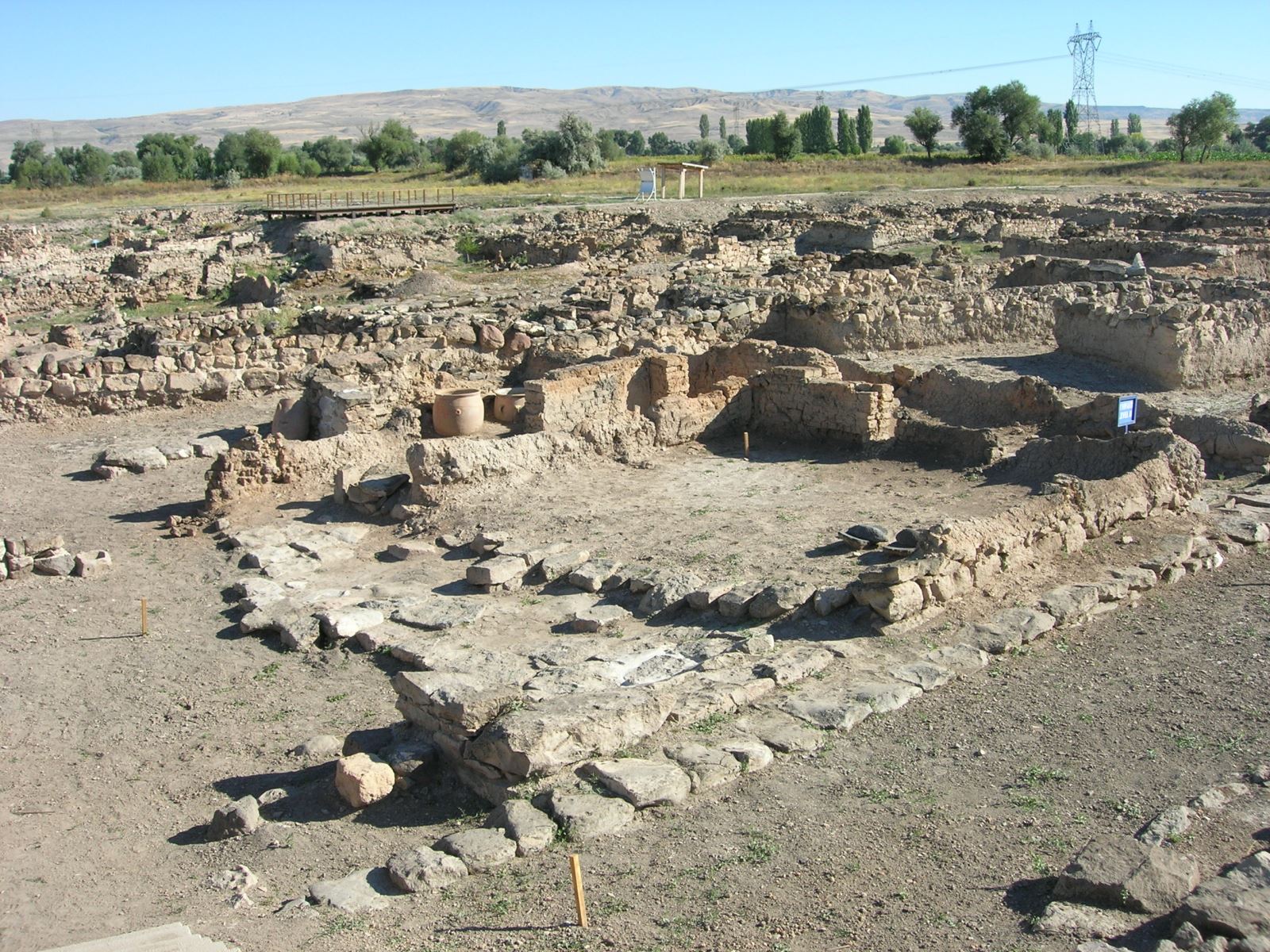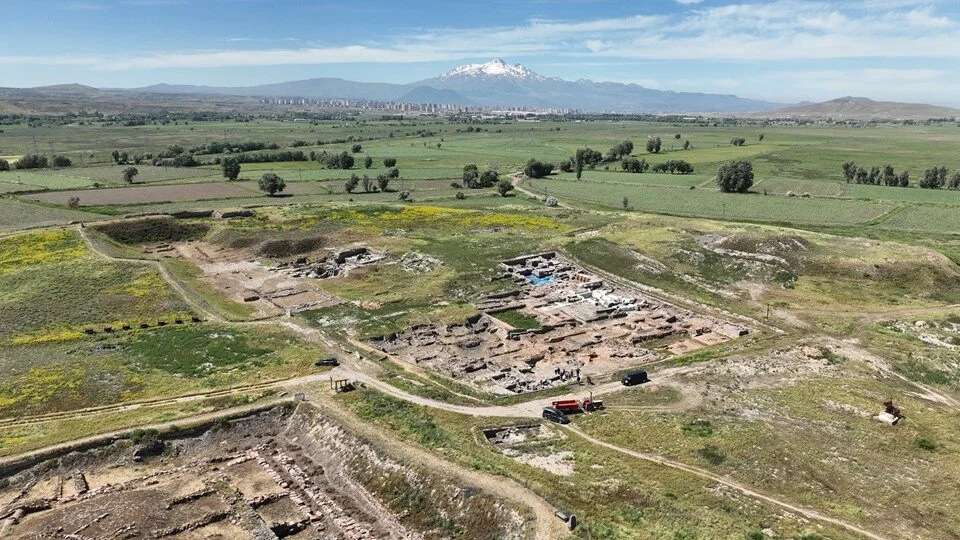
Excavations have started at the Kültepe ruins where the oldest written documents in Anatolia were found
The 76th year of excavations at Kültepe, an important karum in Anatolia during the Assyrian trade colonies, has begun.
Kültepe is about 24 km from Kayseri city center. It functioned as an important trade center of the Assyrians and Hittites from 2000 BC to 1200 BC.
The most important feature of Kültepe is that the oldest written documents discovered in Anatolia were unearthed here. These tablets are written in Assyrian cuneiform and contain information on various subjects such as trade, law, religion and daily life.
The world’s largest cuneiform archive was found in Kültepe. This archive contains more than 25,000 tablets.
75 years of excavations have uncovered many important structures including Assyrian and Hittite palaces, houses, temples, workplaces and warehouses.

Kültepe hosts 5000-year-old palace structures
Prof. Dr. Fikri Kulakoğlu, Head of Kültepe Excavations, Ankara University, Faculty of Language, History and Geography, Department of Archaeology, said that they have started the 76th year of Kültepe excavations, which have been going on for 75 years, and said, “We have come to the 76th season of Kültepe excavations. We have started excavations this year and we are doing our first works thanks to Kayseri Metropolitan Municipality. I think we will be here again until the end of the year. Our excavations shed light on the history not only of Kayseri, not only of Anatolia, but also of the Near East and the Middle East. Our target this year is again the large monumental palace structures we see behind us. In other words, there are palace structures dating back to 5 thousand years ago. We plan to investigate them and of course we plan to go to earlier layers during this research. In other words, we are trying to bring the history of Kültepe and Kayseri earlier.”
You may also like
- A 1700-year-old statue of Pan unearthed during the excavations at Polyeuktos in İstanbul
- The granary was found in the ancient city of Sebaste, founded by the first Roman emperor Augustus
- Donalar Kale Kapı Rock Tomb or Donalar Rock Tomb
- Theater emerges as works continue in ancient city of Perinthos
- Urartian King Argishti’s bronze shield revealed the name of an unknown country
- The religious center of Lycia, the ancient city of Letoon
- Who were the Luwians?
- A new study brings a fresh perspective on the Anatolian origin of the Indo-European languages
- Perhaps the oldest thermal treatment center in the world, which has been in continuous use for 2000 years -Basilica Therma Roman Bath or King’s Daughter-
- The largest synagogue of the ancient world, located in the ancient city of Sardis, is being restored











Leave a Reply